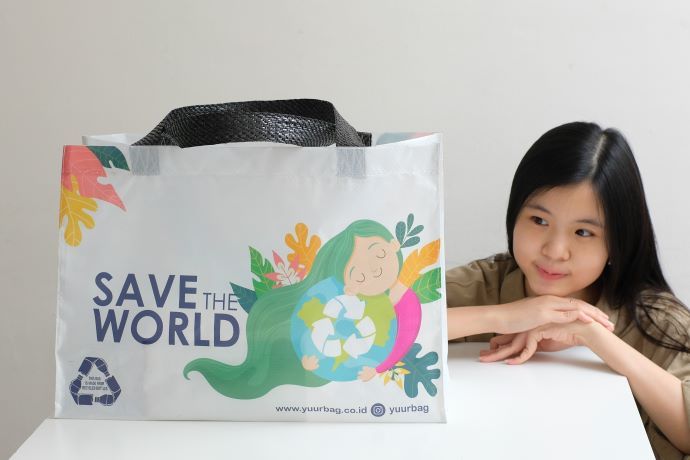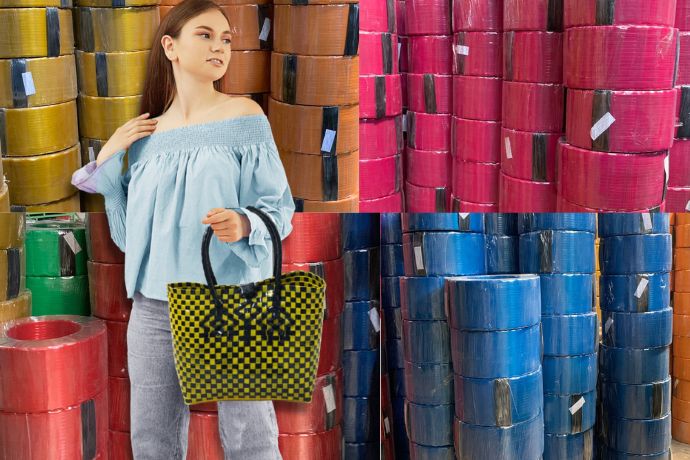What You Must Know Before Purchasing Recycled PET Resin
Key Takeaways:
- Quality and consistency in rPET resin depend heavily on source material and processing standards, making certifications and supplier transparency essential.
- Mechanical and thermal properties of rPET may vary, but additives and processing techniques like reactive extrusion can significantly enhance performance.
- Choosing a reliable rPET supplier is critical—look for reputation, customization options, and compliance with sustainability and safety standards.
If you’re considering recycled Polyethylene Terephthalate (rPET) for your business, you’re already taking a step toward sustainability and environmental responsibility.
But let’s be honest—purchasing rPET resin isn’t as straightforward as it seems. To get the most out of this versatile material, you need to know what to look for and what to avoid.
With years of experience in the industry, we’ve put together this comprehensive guide to help you navigate the ins and outs of buying rPET resin.
By the time you finish reading, you’ll be equipped with the knowledge to make confident, informed decisions.
Key Considerations When Buying rPET Resin
Quality and Purity
Let’s start with the basics. The quality of rPET resin you buy directly impacts the success of your products. Here’s what you need to keep in mind:
1. Source of Raw Material : Always ask where the recycled PET comes from. High-quality rPET resin is typically sourced from post-consumer or post-industrial PET.
Avoid suppliers who can’t provide details about their feedstock—contamination can spell disaster for your final product.
2. Processing Standards : Reliable suppliers follow strict cleaning, sorting, and processing protocols. If they don’t, you’ll likely end up with inconsistent quality that’s a headache to work with.
3. Certification : Look for certifications like ISO 9001 or food-grade compliance, especially if your products are intended for food and beverage packaging. This ensures the rPET meets industry standards.
Mechanical and Thermal Properties
It’s not just about what rPET resin looks like; it’s about how it performs. Pay attention to these properties:
1. Strength and Durability : rPET resin can have slightly lower tensile strength than virgin PET. However, blending it with virgin PET or using chain extenders during processing can restore its mechanical properties.
2. Thermal Stability : The melting and crystallization temperatures of rPET resin may be slightly lower due to contaminants. Additives can help, especially for high-temperature applications.
3. Viscosity and Rheology : Lower viscosity is common in rPET resin, which can impact processability. Advanced techniques like reactive extrusion can improve its flow properties and molecular weight.
Learn More : Recycled PET vs. Virgin PET - A Comprehensive Comparison
Environmental and Regulatory Compliance
If sustainability is your goal, ensure your rPET resin supplier aligns with it:
1. Sustainability Impact: Confirm that the recycling process minimizes energy use and emissions.
2. Regulatory Standards: Make sure the rPET resin complies with local and international regulations, such as FDA or EU standards, particularly for food-grade applications.
Supplier Reliability
Your supplier can make or break your rPET resin experience. Here’s what to look for:
1. Reputation: Work with suppliers known for consistent quality and transparent operations.
2. Customization Options: If you need specific rPET properties, like clear flakes or colored pellets, choose a supplier who offers tailored solutions.
Once you’ve ensured the quality and reliability of your rPET resin, understanding its processing and applications is the next step.
Also Read : Recycled PET for Food Contact - Safety and Standards
Processing and Application Insights
Processing Guidelines
Getting the best out of rPET resin requires precision. Follow these tips:
1. Temperature Control: Maintain processing temperatures between 210°C and 270°C. This prevents polymer degradation and ensures optimal performance.
2. Extrusion and Molding: Proper washing, grinding, and extrusion techniques are critical for producing high-quality rPET resin suitable for diverse applications.
3. Additives and Stabilizers: Additives can enhance thermal stability, color, and mechanical properties, ensuring your rPET meets specific requirements.
Applications of rPET resin
rPET resin is more versatile than you might think. Here are some of its top uses:
1. Packaging: Ideal for food and beverage containers, rPET offers strength, clarity, and sustainability.
2. Textiles: From fashion to industrial fabrics, rPET fibers are lightweight, quick-drying, and eco-friendly.
3. Construction: Geotextiles made from rPET are durable and environmentally friendly, perfect for soil stabilization and erosion control.
4. Advanced Materials: Think 3D printing filaments and composite reinforcements—rPET is paving the way for innovation.
Challenges and Mitigation Strategies
Common Challenges
1. Contamination: Impurities can affect rPET’s mechanical and thermal properties.
2. Quality Variability: Differences in feedstock and processing can lead to inconsistencies.
Solutions
1. Rigorous Quality Control: Work with suppliers who use advanced sorting and cleaning technologies.
2. Processing Optimization: Techniques like reactive extrusion can improve rPET’s properties and make it more reliable.
Choosing the Right Supplier
Here’s the bottom line: a good supplier is your greatest asset. Langgeng Jaya Group is a trusted supplier of high-quality rPET flakes and pellets, known for strict quality standards and customizable solutions.
Partnering with a supplier like Langgeng Jaya Group ensures you’re getting the best material for your needs.
Also Read : A Complete Guide to Choosing the Right FIBC for Your Business
Conclusion
Buying recycled PET isn’t just a purchase; it’s an investment in sustainability and quality. By understanding the factors outlined here, you’ll be well-equipped to make informed decisions that benefit your business and the environment.
Reach out to Langgeng Jaya Group today to explore their high-quality rPET resin solutions tailored to your needs.



